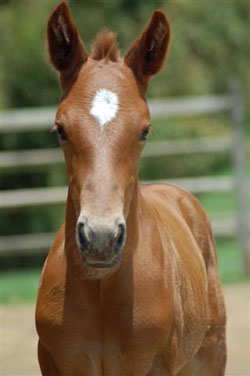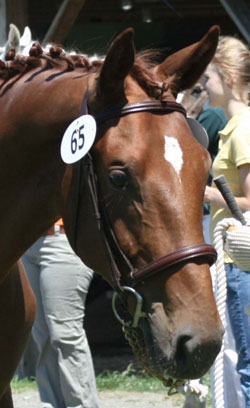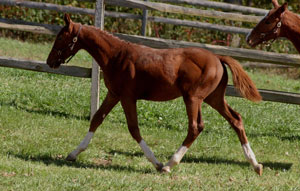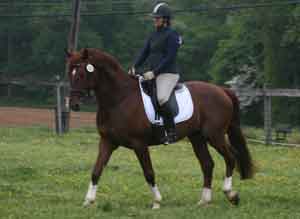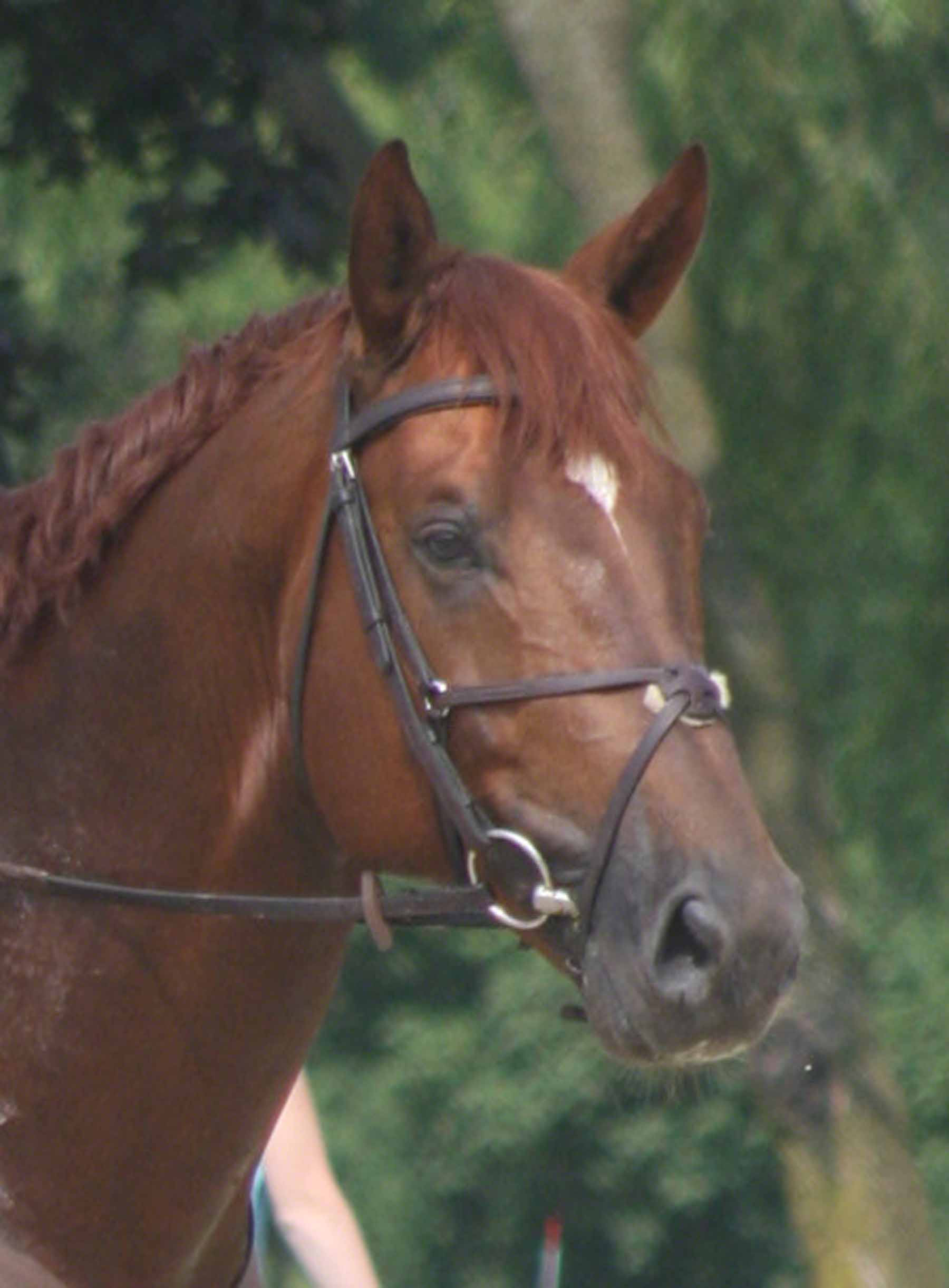Possible or not possible? I always thought once chestnut always chestnut. Not so sure now. I will need to get pix. Coat color coming in does not look liver. More of seal brown. Even tail hair is dark. Suppose genetically chestnut but on outside could look like something else?
Last years foal did go through a liver stage and is now a dark chestnut but not liver. She is sabino. Lots of white. Belly spots. Tail has flaxen or white on sides. New baby does not have this.
Asked the vet. He said no. Color experts?

 but I don’t think he’ll go to bay. Besides, in my experience, the really dark liver chestnut was born looking just about black.
but I don’t think he’ll go to bay. Besides, in my experience, the really dark liver chestnut was born looking just about black.